
S t a r s
I N T H E
R I N G
JEWISH CHAMPIONS
IN THE GOLDEN AGE
OF BOXING
Also by Mike Silver
The Arc of Boxing: The Rise and Decline of the Sweet Science

An imprint of Rowman & Littlefield
Distributed by NATIONAL BOOK NETWORK
Copyright 2016 Mike Silver
All photos are in the public domain unless otherwise credited
All rights reserved. No part of this book may be reproduced in any form or by any electronic or mechanical means, including information storage and retrieval systems, without written permission from the publisher, except by a reviewer who may quote passages in a review.
British Library Cataloguing-in-Publication Information Available
Library of Congress Cataloging-in-Publication Data Available
ISBN 978-1-63076-139-4 (hardcover)
ISBN 978-1-63076-140-0 (e-book)
 The paper used in this publication meets the minimum requirements of American National Standard for Information SciencesPermanence of Paper for Printed Library Materials, ANSI/NISO Z39.48-1992.
The paper used in this publication meets the minimum requirements of American National Standard for Information SciencesPermanence of Paper for Printed Library Materials, ANSI/NISO Z39.48-1992.
Many persons outside of the ring were important contributors to the Golden Age of the Jewish boxer, but they are not the central characters in this epic saga.
That distinction belongs to the boxers without whom there would be no sport.
This book is dedicated to them.
ACKNOWLEDGMENTS
My appreciation and gratitude go to my hardworking independent editor and agent Bonny V. Fetterman. Bonny never wavered in her belief and confidence in my project. Her professionalism, perseverance, and understanding of the publishing industry were instrumental in bringing this book to fruition. Kudos to our mutual friend, Rabbi Manes Kogan, spiritual leader of the Hillcrest Jewish Center, who upon hearing that I was writing another book suggested I contact Bonny.
I also want to thank Christen Karniski, sports editor at Rowman & Littlefield Publishers, for her enthusiasm for my project and for referring it to Rick Rinehart, editor-at-large for Globe Pequot, who believed in my book and took it on.
As will quickly become apparent to anyone who peruses the pages of this book, an enormous amount of research was required to compile the history, statistics, and photographs contained herein. Information came from many sources, and I wish to express my gratitude to the following people and institutions:
Excerpts from my previous book, The Arc of Boxing: The Rise and Decline of the Sweet Science, are reprinted by permission of McFarland & Company, Inc., Box 611, Jefferson NC 28640, www.mcfarlandpub.com.
A vast amount of information and statistical data was provided by BoxRec.com, the best record-keeping boxing resource in existence. BoxRec has documented nearly every professional boxing match from the beginning of the Queensberry Rules in the 1890s up to the present time. It is an invaluable resource for authors, historians, and fans. As an added bonus, since 2012 the site has also hosted Barry Hugmans History of World Championship Boxing.
The International Boxing Research Organization (IBRO) and its dedicated director, Dan Cuoco, provided essential material on many old-time boxers. IBROs mission to accurately chronicle the history of the sport is very commendable. The Golden Age still lives within the pages of its quarterly journal. Two other exceptional resources were the American Jewish Historical Societys digital archive record of Jewish athletesJewsInSports.organd the Hank Kaplan Boxing Archive at the Brooklyn College Library. The librarys staff was very helpful with my requests for information on specific boxers. Thank you Jon, Marianne, and Isabella.
Under circumstances that can only be described as serendipitous, at the beginning of writing this book five years ago I met the noted artist Sol Korby, who, astonishingly, had just started work on a large painting depicting the panorama of Jewish boxing history. Our shared interest and mutual support for each others projects led to the start of a beautiful friendship. Sol is a member of The Greatest Generation, having served as a medic during World War II. As I told him on many occasions, he would finish his masterpiece when I finished my bookand that is exactly how it worked out!
I am indebted to the following boxing experts, past and present, who shared their profound insights and knowledge of the sweet science with the author: Ray Arcel, Tony Arnold and Erik Arnold, Teddy Atlas, Mike Capriano Jr., Bob Carson, Bobby Franklin, Bill Goodman, Willie Grunes, Rollie Hackmer, Henry Hascup, Chuck Hasson, Mike Hunnicut, J. J. Johnston, Hank Kaplan, Yossi Katz, Jack Kincaid, Ted Lidsky, Ted Lowry, Bill Schutte, Bob Shepard, Bob Sherrick, Kevin Smith, Rolando Vitale, Mike Wolf, and Vic Zimet. From all those who taught me I gained understanding (Psalm 119:99).
Tony Gee and Hazel Gee were instrumental in helping to ensure my chapter on the preQueensberry era of boxing was accurate. Tony is the worlds foremost authority on the English bare-knuckle scene and especially noted for his work, Up To Scratch. His input is greatly appreciated. In addition, the writings of two very gifted boxing journalists, Mike Casey and Springs Toledo, were a source of inspiration and insight.
Over the years I was privileged to meet and get to know several Golden Age Jewish boxers, all of whom have since passed on: Sammy Farber, Harry Haft, Danny Kapilow, Herbie Kronowitz, Artie Levine, Phil Pollack, and Morris Reif all added to my knowledge and appreciation for the particular era in which they fought.
I am also grateful to the following people who provided photos from their collections: Stephanie Arcel, Dave Bergin (Pugilistica.com), Douglas Century, Toby Weston Cone, John DiSanto (PhillyBoxingHistory.com), John Gay, Steve Lott (Boxing Hall of Fame Las Vegas), Lou Manfra (heavyweightcollectibles.com), Jerry Fitch, Jim Houlihan, Don Cogswell, Doug Cavanaugh, Sonny Rosenberg, Thomas Scharf, and Professors Terry and Jan Todd of the University of Texas at Austin. Thanks also to computer whiz Howard Solomon, of Creative Business Technologies, for his extraordinary technical expertise and advice.
I want to thank my sister, Penni, and my sister-in-law Gail for their support and encouragement. Last, but not least, I want to thank my brother, Bennett, who is always in my corner.
KEY TO ABBREVIATIONS
KO: Shorthand for a knockout victory. Occurs when a fighter, after having been knocked down, cannot arise before the referees count of 10.
TKO: A technical knockout. Occurs when a bout is stopped to save the fighter from absorbing further punishment, or when the fighter has incurred an injury (most often a facial cut) that is severe enough to end the bout before the final bell. The bout can be stopped either by the referee, the corner man, the ringside physician, or the fighter himself.
ND: No decision. In certain jurisdictions, unless a fight ended by way of a foul or a knockout, no official decision was rendered at the conclusion. In other words, there was no winner and no loser. Bouts which lasted the full scheduled number of rounds went into the record books with an ND (No-decision) citation. The law existed in a number of states from about 1910 to 1925, and was created to pacify anti-gambling factions and other reformers opposed to the legalization of professional boxing. The theory was that if a fighter could not win on points, the bribing of judges and referees would be eliminated and gambling on fights discouraged. Ringside reporters usually named a winner in the next days newspaper anyway, and these unofficial verdicts were often used to settle bets. Because of this, ND also meant Newspaper Decision.
Next page


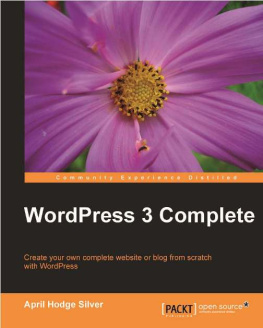
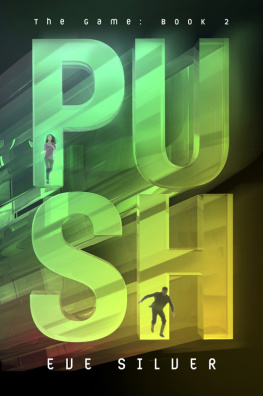
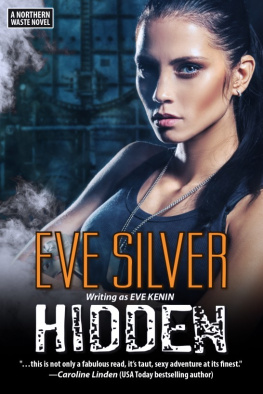
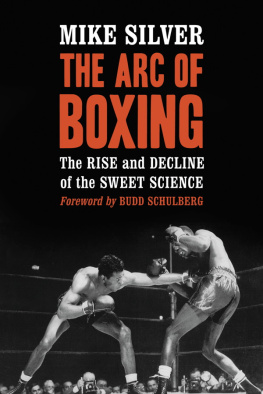
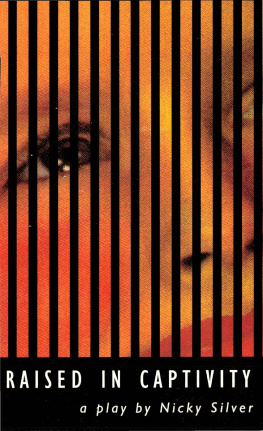

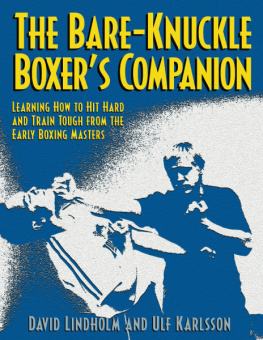
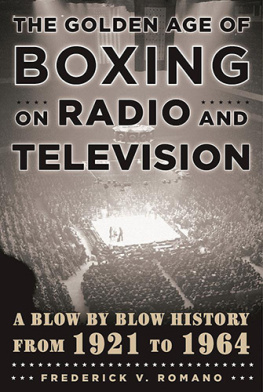
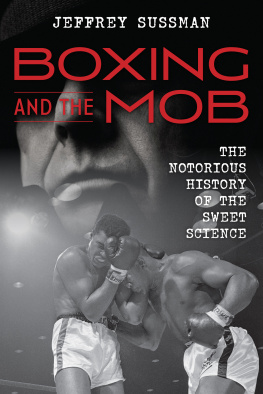
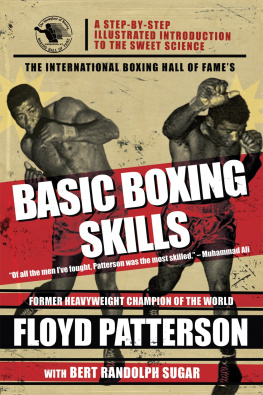

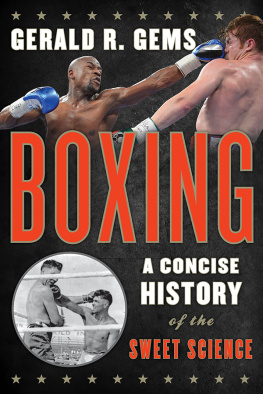


 The paper used in this publication meets the minimum requirements of American National Standard for Information SciencesPermanence of Paper for Printed Library Materials, ANSI/NISO Z39.48-1992.
The paper used in this publication meets the minimum requirements of American National Standard for Information SciencesPermanence of Paper for Printed Library Materials, ANSI/NISO Z39.48-1992.